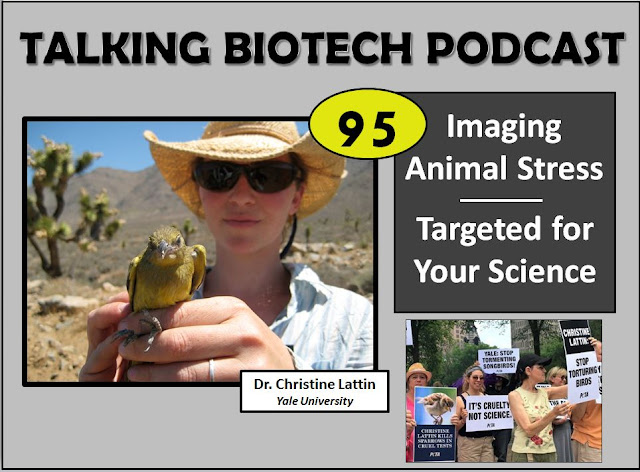I actually did a spit take last night, snirked a perfectly good vodka tonic out my nose. It was induced by a Triscuit commercial . The new Triscuit commercial extols that it is now "non-genetically modified"-- which it never was, as there is no GM wheat It is the familiar deceptive advertising that caters to fear to make a buck, and shame on Triscuit and Nabisco for doing that. Yes, they'll sell a few more crackers to science-fearing conspiradorks, but they also propagate fear of food, vilify farmers and pass higher prices onto the poor. The commercial ends with the actress saying, "I'm not genetically modified." Someone better notify the vegetative propagule she budded off of. She probably is a genetic amalgam, a hybrid of mom and dad, two genomes slammed together in unprecedented ways. That's a pretty radical genetic modification! But this is not about science, this is about fear mongering to sell a product. There is no GE wheat,






